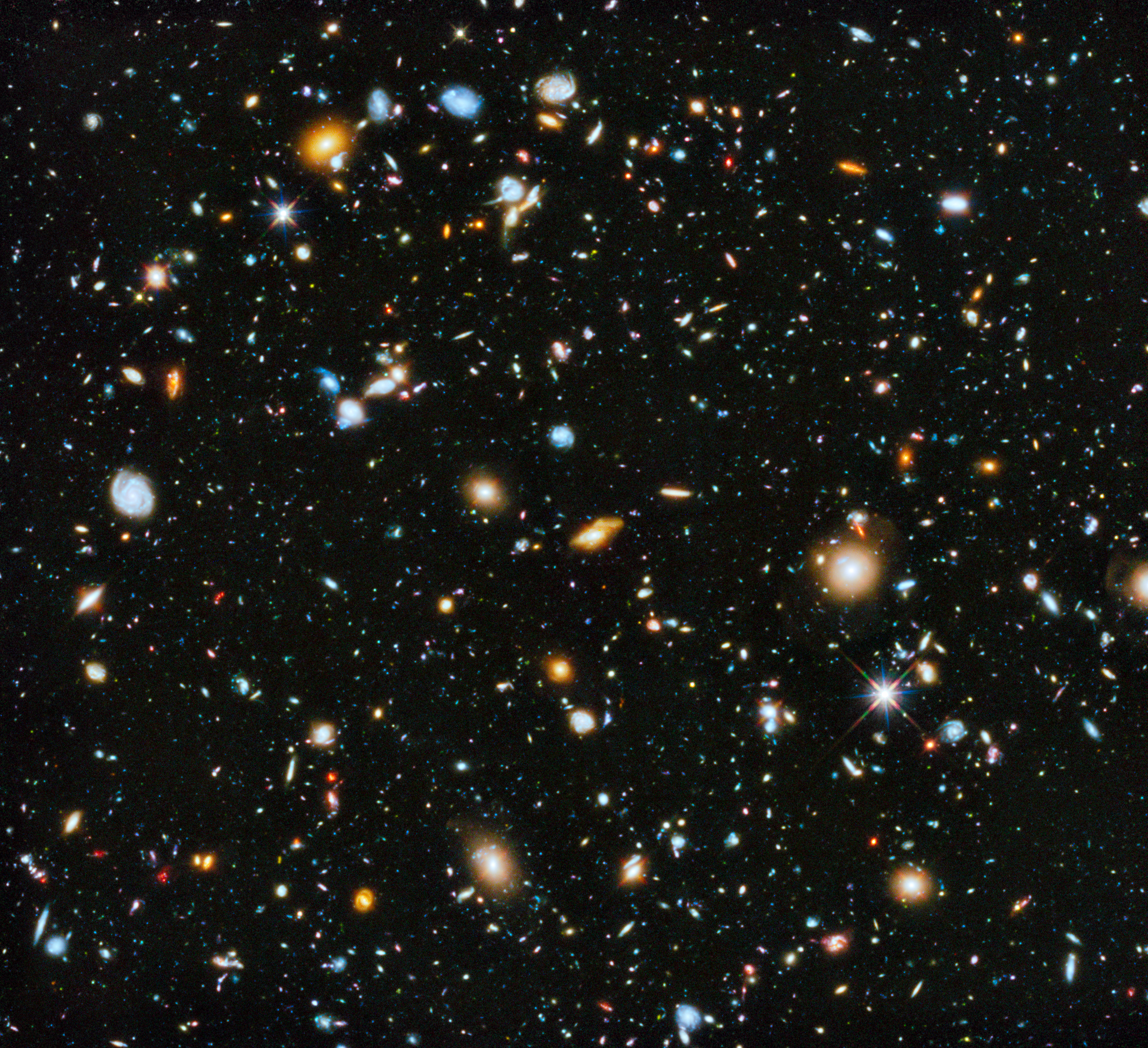|
Gossip Candy
''Gossip Candy'' is an extended play by Japanese recording artist and songwriter Kumi Koda. It was released on July 7, 2010, by Koda's record label, Rhythm Zone. Koda's fifth extended play, ''Gossip Candy'' consists of five recordings; ''Lollipop, Inside Fishbowl, Outside Fishbowl, For You,'' and a cover of ''Got to Be Real'', originally performed by Cheryl Lynn. It was released in three different formats: Digital EP, CD and CD+DVD. The CD only version was re-released as the "Dream Music Park" edition with a bonus baseball cap. The ''Dream Music Park'' concert was later released on the CD+2DVD edition of '' Dejavu''. ''Gossip Candy'' contains predominantly pop-rock and dance music. Kumi contributed by writing the lyrics to all songs except ''Got to Be Real''. Several composers were hired to help with the EP's content. ''Gossip Candy'' received favorable reviews from music critics who commended the EP's production and commercial appeal. It reached #4 on the Oricon Singles Chart and ... [...More Info...] [...Related Items...] OR: [Wikipedia] [Google] [Baidu] |
Koda Kumi
, known professionally as , is a Japanese singer from Kyoto, known for her urban and R&B songs. After debuting with the single "Take Back" in December 2000, Koda gained fame in March 2003 when the songs from her seventh single, "Real Emotion/1000 no Kotoba", were used as themes for the video game ''Final Fantasy X-2''. Her popularity grew with the release of her fourth studio album ''Secret'' (2005), her sixteenth single "Butterfly" (2005), and her first greatest hits album '' Best: First Things'' (2005), reaching the number-three, number-two, and number-one spots respectively. Though her early releases presented a conservative, quiet image, she has become a fashion leader among young women, setting trends such as the ero-kakkoii style. In 2006 and 2007, Oricon named Koda as the top selling artist of the year. Life and career Early life Koda was born into a family of musicians. Her grandfather was a Shakuhachi master and her mother was a Koto teacher; she is the older s ... [...More Info...] [...Related Items...] OR: [Wikipedia] [Google] [Baidu] |
Billboard (magazine)
''Billboard'' (stylized as ''billboard'') is an American music and entertainment magazine published weekly by Penske Media Corporation. The magazine provides music charts, news, video, opinion, reviews, events, and style related to the music industry. Its music charts include the Hot 100, the 200, and the Global 200, tracking the most popular albums and songs in different genres of music. It also hosts events, owns a publishing firm, and operates several TV shows. ''Billboard'' was founded in 1894 by William Donaldson and James Hennegan as a trade publication for bill posters. Donaldson later acquired Hennegan's interest in 1900 for $500. In the early years of the 20th century, it covered the entertainment industry, such as circuses, fairs, and burlesque shows, and also created a mail service for travelling entertainers. ''Billboard'' began focusing more on the music industry as the jukebox, phonograph, and radio became commonplace. Many topics it covered were spun-off ... [...More Info...] [...Related Items...] OR: [Wikipedia] [Google] [Baidu] |
Love Song
A love song is a song about romantic love, falling in love, heartbreak after a breakup, and the feelings that these experiences bring. A comprehensive list of even the best known performers and composers of love songs would be a large order. Love songs can be found in a variety of different music genres. History Love songs have been around for centuries and can be found in the histories and cultures of most societies, though their ubiquity is a modern phenomenon. The oldest known love song is the love song of Shu-Sin, which was discovered in the library of Ashurbanipal in Mesopotamia. It's about both romantic and erotic love. Prior to the discovery of the love song of Shu-Sin, Solomon's Song of Songs from the Bible was considered the oldest love song. Early history There are several theories about the origin of music in a general sense. According to Charles Darwin, it has to do with the choice of partner between woman and man (women choose male partners based on musical pe ... [...More Info...] [...Related Items...] OR: [Wikipedia] [Google] [Baidu] |
Yume No Uta/Futari De
is the Japanese word for dream, and may refer to: People *, Japanese rugby sevens player *, Japanese actress *, Japanese rugby sevens player *, Japanese gravure idol and actress *, Japanese professional footballer Entertainment *YuMe, a multi-screen video advertising platform * ''Dreams'' (1990 film), a film by the Japanese director Akira Kurosawa * "Yume" (Miwako Okuda song), a single released by Japanese singer Miwako Okuda * "Yume" (The Blue Hearts song), a 1992 song by The Blue Hearts Characters *Yume, a character in the Japanese manga ''Tenchi Muyo!'' *Yume Hasegawa, a character in the Japanese manga ''Pupa'' *Yume Suzuhara, a character in the Japanese manga ''Hōzuki Island'' and ''Mōryō no Yurikago'' *Yume Nijino, a character in an anime show ''Aikatsu Stars!'' Places * Yume, Tibet, a township in Tibet * Yume Chu, a tributary of Subansiri River in Tibet *Yume Anime Bar, an anime themed, Japan inspired, night bar in Brno, Czech Republic See also *''Hana to Yume'', a s ... [...More Info...] [...Related Items...] OR: [Wikipedia] [Google] [Baidu] |
Electronic Music
Electronic music is a genre of music that employs electronic musical instruments, digital instruments, or circuitry-based music technology in its creation. It includes both music made using electronic and electromechanical means ( electroacoustic music). Pure electronic instruments depended entirely on circuitry-based sound generation, for instance using devices such as an electronic oscillator, theremin, or synthesizer. Electromechanical instruments can have mechanical parts such as strings, hammers, and electric elements including magnetic pickups, power amplifiers and loudspeakers. Such electromechanical devices include the telharmonium, Hammond organ, electric piano and the electric guitar."The stuff of electronic music is electrically produced or modified sounds. ... two basic definitions will help put some of the historical discussion in its place: purely electronic music versus electroacoustic music" ()Electroacoustic music may also use electronic effect units to ... [...More Info...] [...Related Items...] OR: [Wikipedia] [Google] [Baidu] |
Rock Music
Rock music is a broad genre of popular music that originated as " rock and roll" in the United States in the late 1940s and early 1950s, developing into a range of different styles in the mid-1960s and later, particularly in the United States and United Kingdom.W. E. Studwell and D. F. Lonergan, ''The Classic Rock and Roll Reader: Rock Music from its Beginnings to the mid-1970s'' (Abingdon: Routledge, 1999), p.xi It has its roots in 1940s and 1950s rock and roll, a style that drew directly from the blues and rhythm and blues genres of African-American music and from country music. Rock also drew strongly from a number of other genres such as electric blues and folk, and incorporated influences from jazz, classical, and other musical styles. For instrumentation, rock has centered on the electric guitar, usually as part of a rock group with electric bass guitar, drums, and one or more singers. Usually, rock is song-based music with a time signature using a verse–chorus form, ... [...More Info...] [...Related Items...] OR: [Wikipedia] [Google] [Baidu] |
Kawaii
''Kawaii'' is the culture of cuteness in Japan. It can refer to items, humans and non-humans that are charming, vulnerable, shy and childlike.Kerr, Hui-Ying (23 November 2016)"What is kawaii – and why did the world fall for the ‘cult of cute’?", ''The Conversation''. Examples include cute handwriting, certain genres of manga, anime, and characters including Hello Kitty and Pikachu. The cuteness culture, or ''kawaii'' aesthetic, has become a prominent aspect of Japanese popular culture, entertainment, clothing, food, toys, personal appearance, and mannerisms. Etymology The word ''kawaii'' originally derives from the phrase ''kao hayushi'', which literally means "(one's) face (is) aglow," commonly used to refer to flushing or blushing of the face. The second morpheme is cognate with ''-bayu'' in '' mabayui'' (眩い, 目映い, or 目映ゆい) "dazzling, glaring, blinding, too bright; dazzlingly beautiful" (''ma-'' is from ''me'' "eye") and ''-hayu'' in ''omohayui'' (� ... [...More Info...] [...Related Items...] OR: [Wikipedia] [Google] [Baidu] |
Erotica
Erotica is literature or art that deals substantively with subject matter that is erotic, sexually stimulating or sexually arousing. Some critics regard pornography as a type of erotica, but many consider it to be different. Erotic art may use any artistic form to depict erotic content, including painting, sculpture, drama, film or music. Erotic literature and erotic photography have become genres in their own right. Erotica also exists in a number of subgenres including gay erotica, lesbian erotica, women's erotica, bondage erotica, monster erotica and tentacle erotica. Curiosa are curiosities or rarities, especially unusual or erotic books. In the antiquarian book trade, pornographic works are often listed under "curiosa", "erotica" or "facetiae". Erotica and pornography A distinction is often made between erotica and pornography (and the lesser-known genre of sexual entertainment, ribaldry), although some viewers may not distinguish between them. A key distinction, some hav ... [...More Info...] [...Related Items...] OR: [Wikipedia] [Google] [Baidu] |
Pop Music
Pop music is a genre of popular music that originated in its modern form during the mid-1950s in the United States and the United Kingdom. The terms ''popular music'' and ''pop music'' are often used interchangeably, although the former describes all music that is popular and includes many disparate styles. During the 1950s and 1960s, pop music encompassed rock and roll and the youth-oriented styles it influenced. ''Rock'' and ''pop'' music remained roughly synonymous until the late 1960s, after which ''pop'' became associated with music that was more commercial, ephemeral, and accessible. Although much of the music that appears on record charts is considered to be pop music, the genre is distinguished from chart music. Identifying factors usually include repeated choruses and hooks, short to medium-length songs written in a basic format (often the verse-chorus structure), and rhythms or tempos that can be easily danced to. Much pop music also borrows elements from other styles ... [...More Info...] [...Related Items...] OR: [Wikipedia] [Google] [Baidu] |
Cover Version
In popular music, a cover version, cover song, remake, revival, or simply cover, is a new performance or recording by a musician other than the original performer or composer of the song. Originally, it referred to a version of a song released around the same time as the original in order to compete with it. Now, it refers to any subsequent version performed after the original. History The term "cover" goes back decades when cover version originally described a rival version of a tune recorded to compete with the recently released (original) version. Examples of records covered include Paul Williams' 1949 hit tune "The Hucklebuck" and Hank Williams' 1952 song "Jambalaya". Both crossed over to the popular hit parade and had numerous hit versions. Before the mid-20th century, the notion of an original version of a popular tune would have seemed slightly odd – the production of musical entertainment was seen as a live event, even if it was reproduced at home via a cop ... [...More Info...] [...Related Items...] OR: [Wikipedia] [Google] [Baidu] |
Universe
The universe ( la, universus) is all of space and time and their contents, including planets, stars, galaxies, and all other forms of matter and energy. The Big Bang theory is the prevailing cosmological description of the development of the universe. According to this theory, space and time emerged together ago, and the universe has been expanding ever since. While the spatial size of the entire universe is unknown, the cosmic inflation equation indicates that it must have a minimum diameter of 23 trillion light years, and it is possible to measure the size of the observable universe, which is approximately 93 billion light-years in diameter at the present day. The earliest cosmological models of the universe were developed by ancient Greek and Indian philosophers and were geocentric, placing Earth at the center. Over the centuries, more precise astronomical observations led Nicolaus Copernicus to develop the heliocentric model with the Sun at the center of the Solar System. ... [...More Info...] [...Related Items...] OR: [Wikipedia] [Google] [Baidu] |









